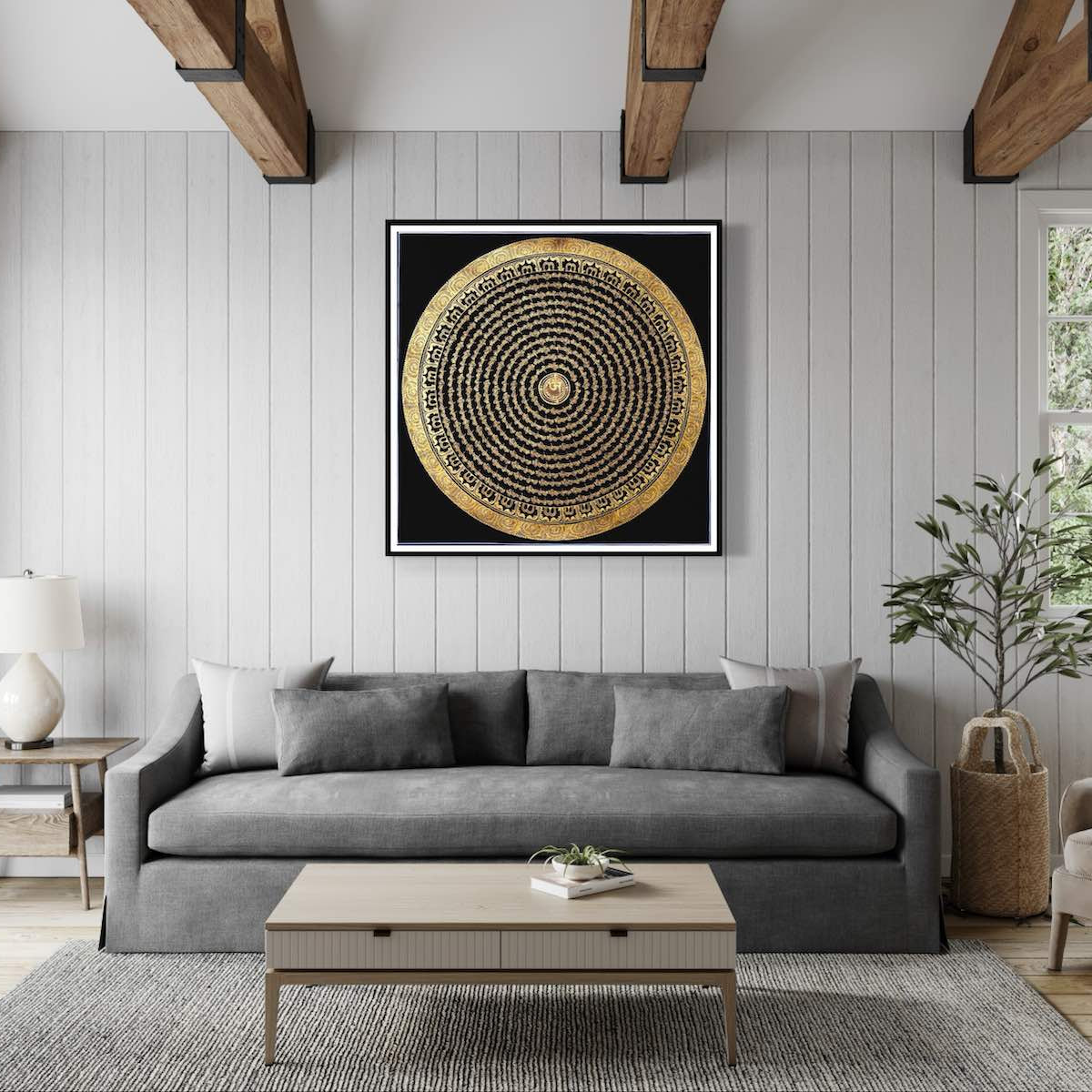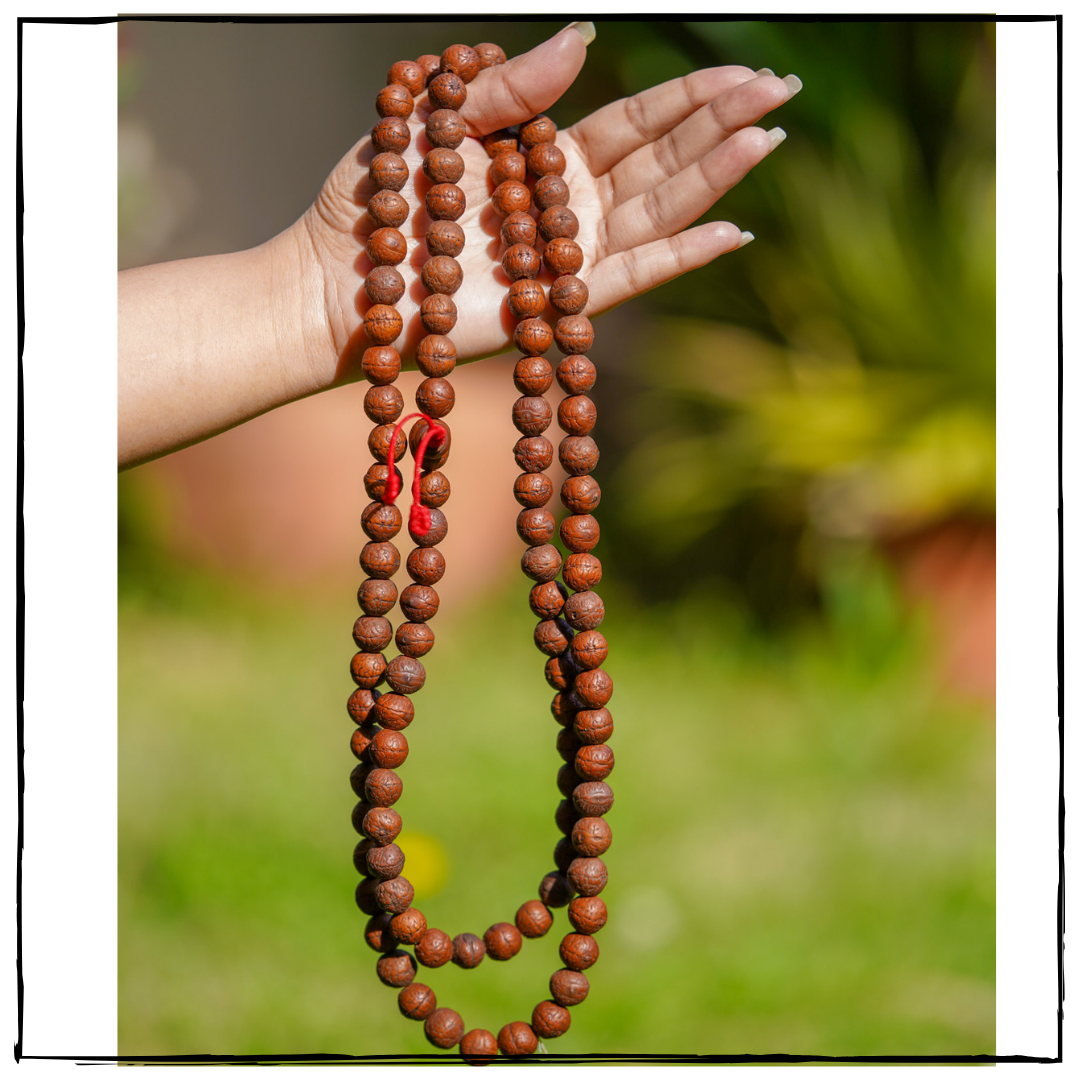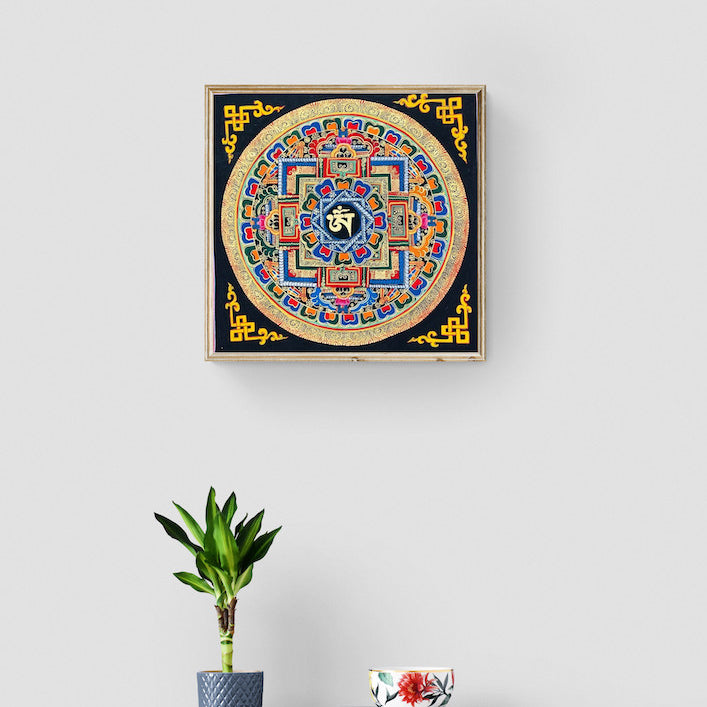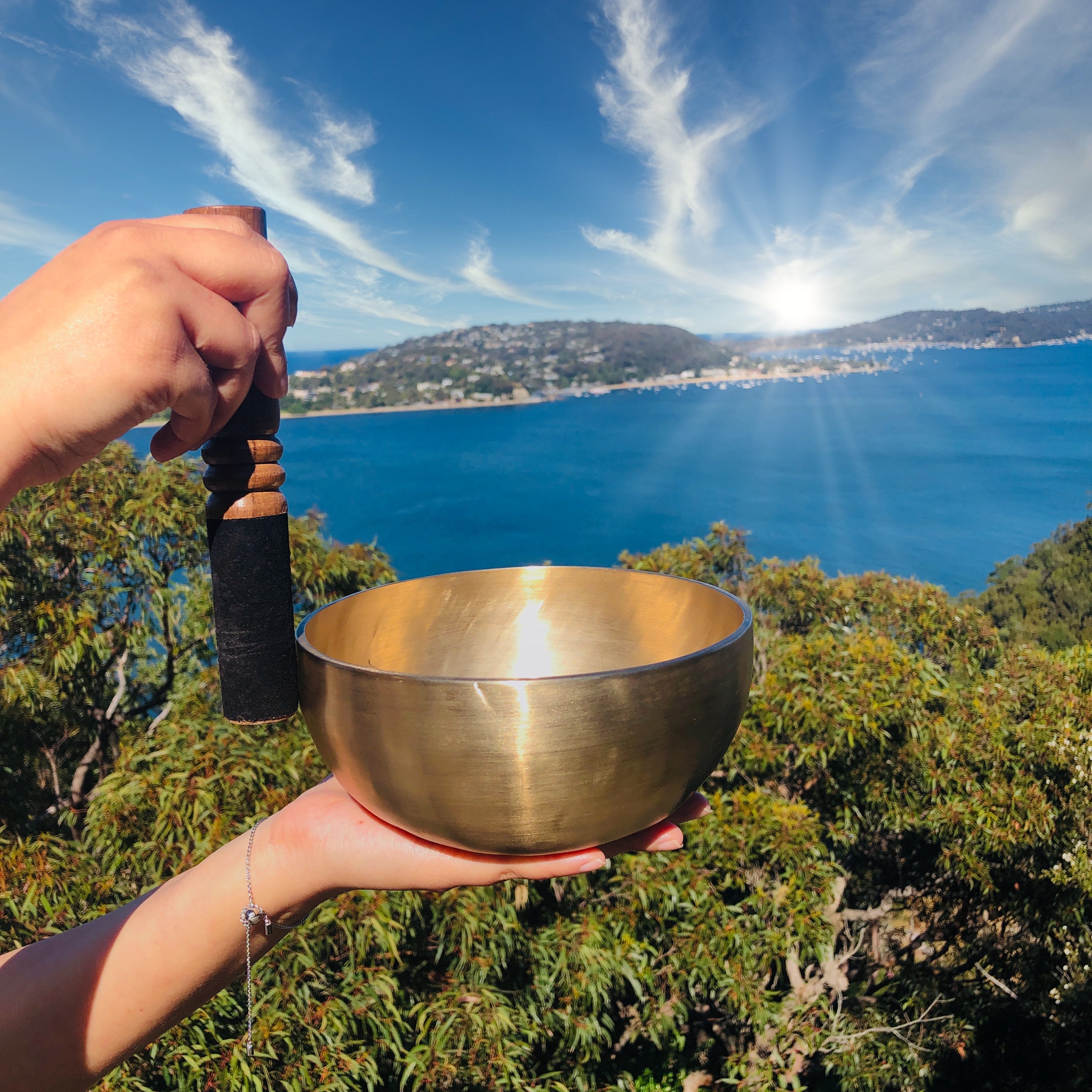Avalokeshvara Thangka Painting
Description
Avalokeshvara Thangka paintings traditionally depict the bodhisattva Avalokeshvara, who embodies compassion and is believed to have an extensive understanding of the suffering of sentient beings. With a serene and empathetic demeanor, Avalokeshvara's depiction reflects his mission to alleviate the suffering of those in need.
Key Features:
- Central Figure: Avalokiteshvara is often shown with four or a thousand arms, holding symbols like a lotus flower, rosary, vase, and jewel. The bodhisattva is portrayed in a meditative position, embodying calmness and compassion.
- Artistic Style: Expert Thangka artists use precise brushwork and vibrant pigments to capture the divine essence of Avalokiteshvara, maintaining harmony and balance through geometric principles.
- Symbolism: Avalokiteshvara Thangkas depict celestial beings, bodhisattvas, and auspicious symbols, symbolizing compassion and divinity. Colors like white represent purity, red represents compassion and activity, and gold emphasizes divine attributes and radiance.
- Materials and Techniques: Made with mineral and vegetable-based pigments on cotton or silk canvas. Ancient techniques passed down generations maintain authenticity and spiritual integrity in each Avalokeshvara Thangka.
Product Specification:
- Hand painted
- Size: 77 cm x 57 cm
- Base: Cotton Canvas
- Origination: Nepal

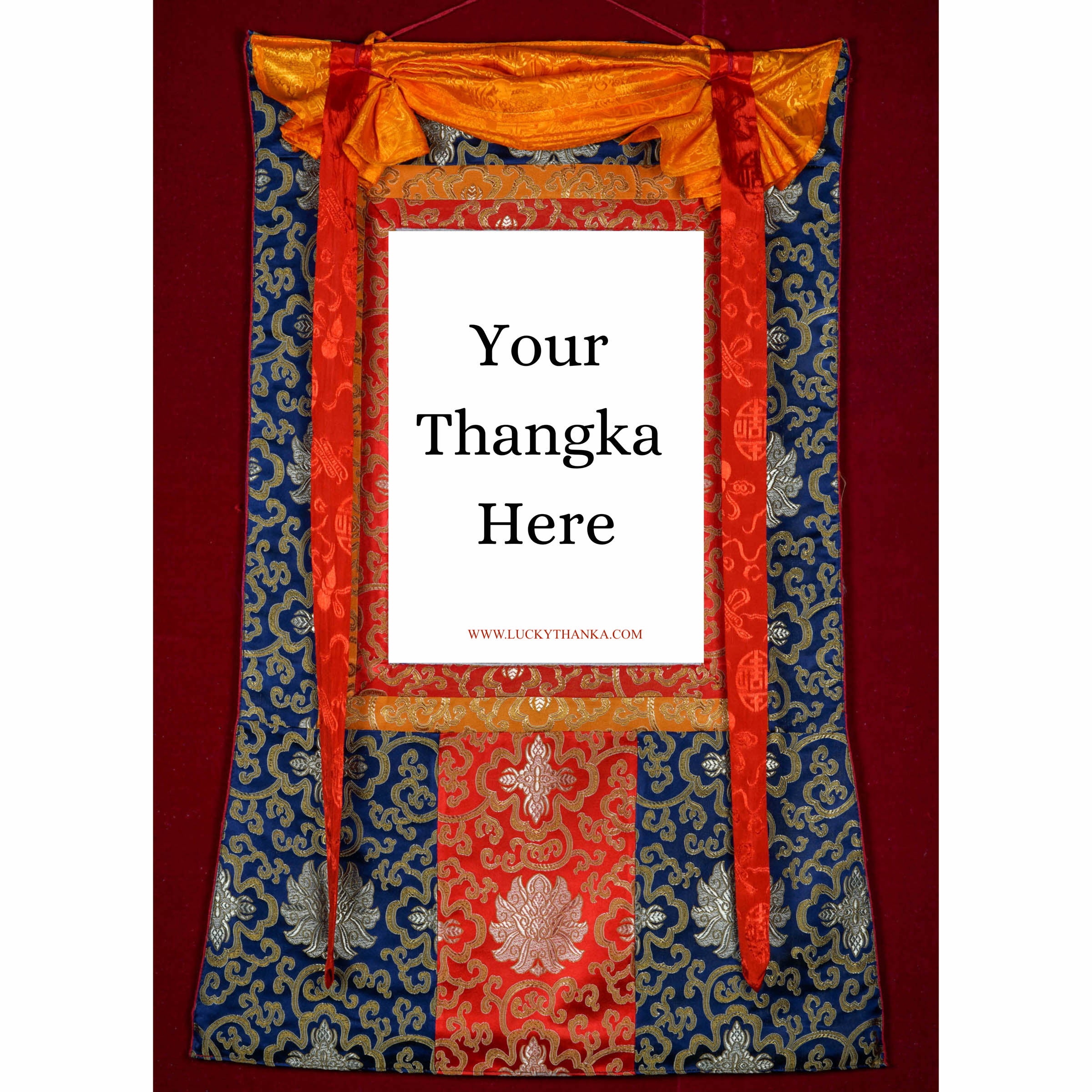
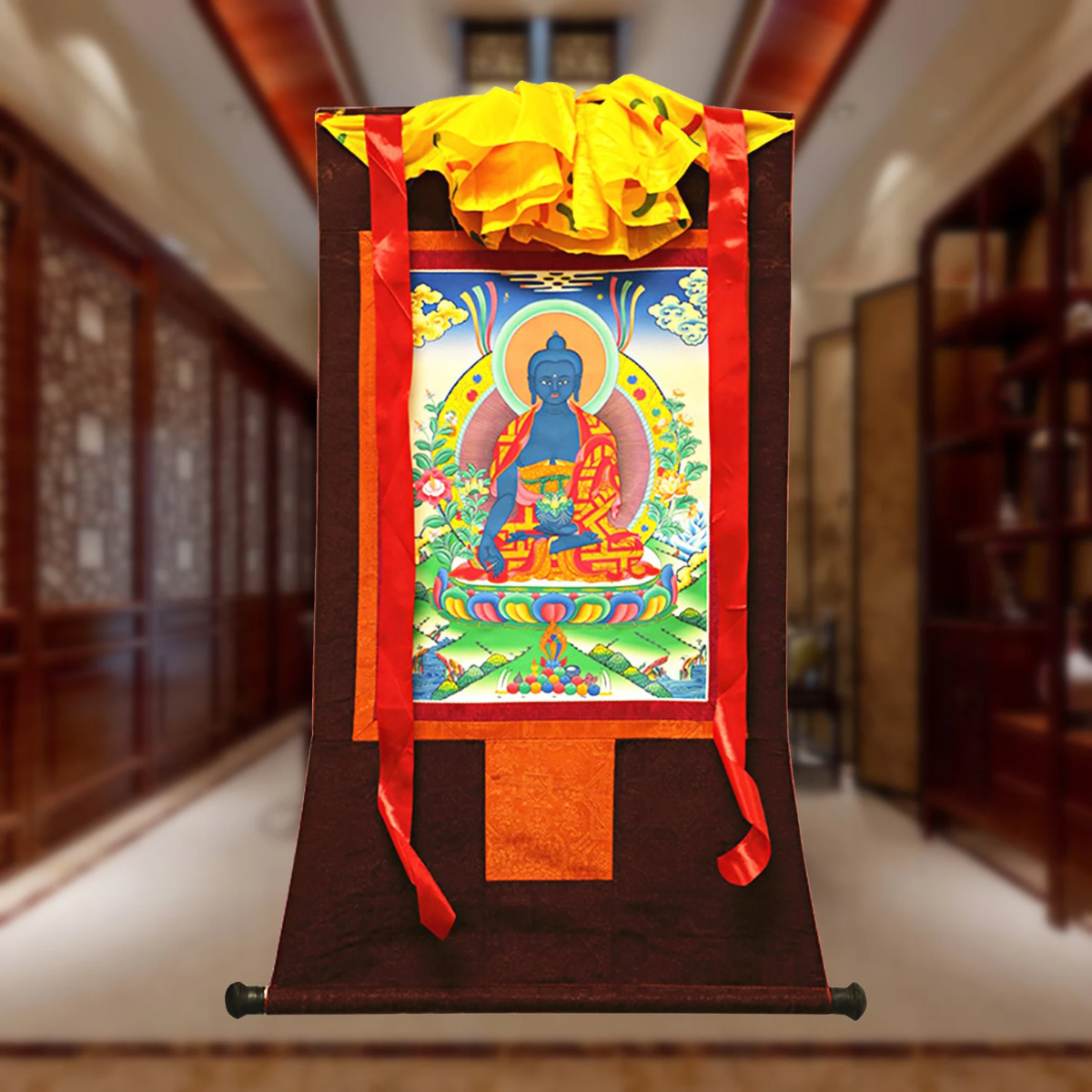
Hand Embroidery Brocade
Want to add a Brocade to your beautiful Thangka Painting? Traditional Style Brocade has been one of the most popular form of mounting as it has a greater religious merit.
Note: Make sure you have added the Thangka to your cart first.
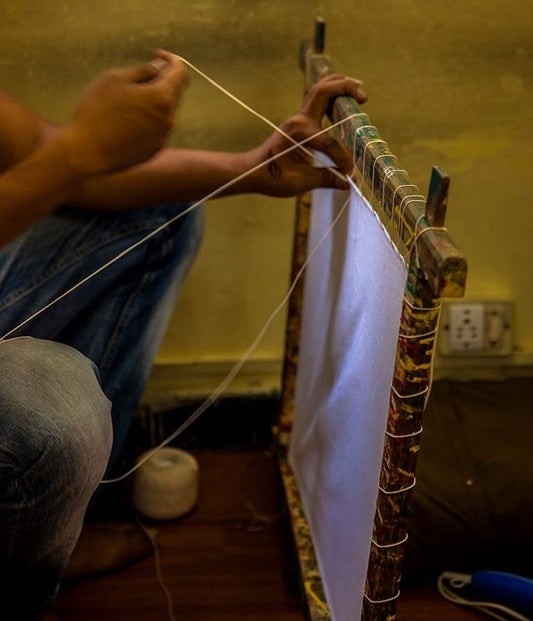
100% Cotton Canvas
Preparing the Cotton canvas before starting to paint a Thangka. This process includes washing, drying, stretching, sizing and everything needed to make a perfect base for the thangka to last for centuries.
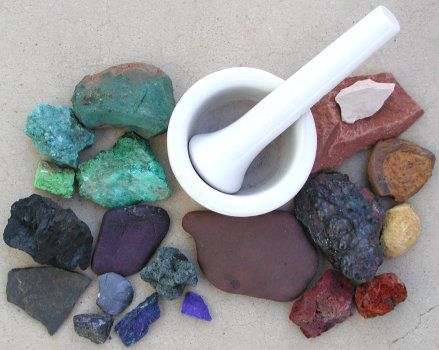
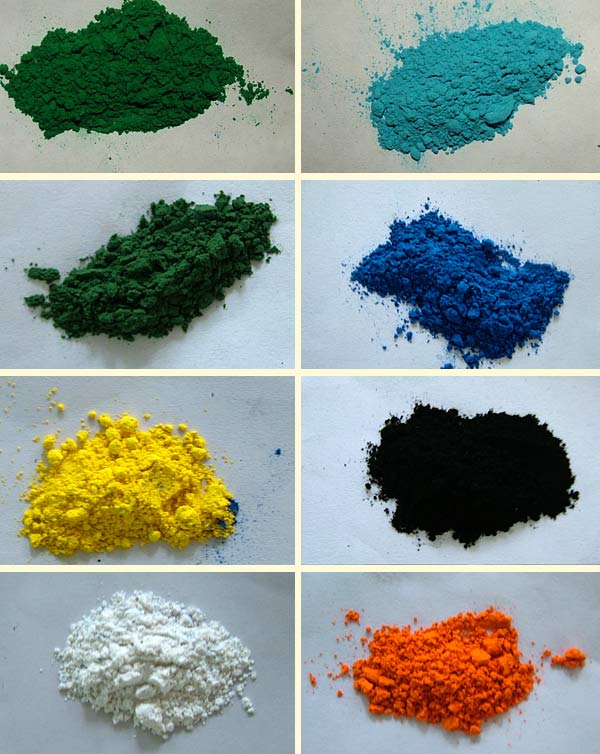
Natural Minerals
Thangka Paintings are painted using the natural minerals. These are firstly grind into the powder form and then used in the thangka as a paint.



























